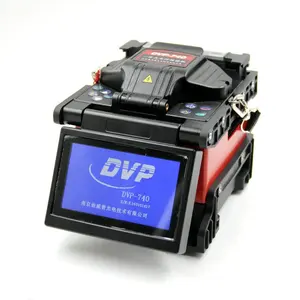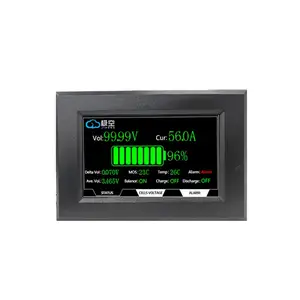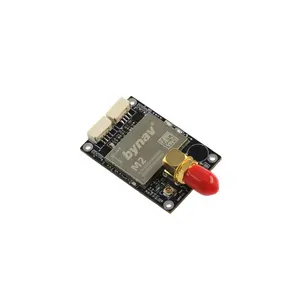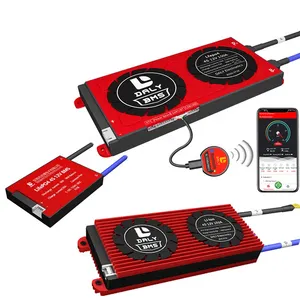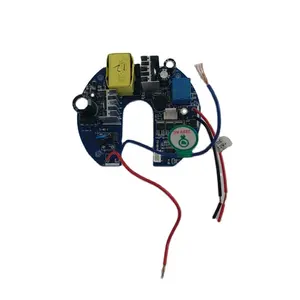Popular in your industry























































































































































































































Top categories
About 2.5mm2 signal cable
Understanding 2.5mm2 Signal Cable
The 2.5mm2 signal cable is a fundamental component in the realm of electronic communication, designed to facilitate the transmission of signals across various devices and systems. This category of cable is pivotal for ensuring reliable connectivity in a multitude of applications.
Composition and Design
At the core of the 2.5mm2 signal cable is its construction, which is tailored to balance flexibility with durability. The cable typically comprises copper conductors due to copper's excellent electrical conductivity. The cross-sectional area of 2.5mm2 indicates the size of these conductors, which is a critical factor in determining the cable's current-carrying capacity and the signal transmission quality.
Types and Applications
The versatility of the 2.5mm2 signal cable is evident in its various types, each suited to specific applications. For instance, shielded variants are integral in environments where electromagnetic interference (EMI) could disrupt signal integrity. In contrast, unshielded cables might be utilized in less demanding settings where EMI is not a significant concern. These cables are commonly employed in communication systems, control circuits, and data transmission networks.
Features and Advantages
A key feature of the 2.5mm2 signal cable is its shielding. Shielded cables, such as the twisted pair shielded communication wire (STP), include a metal layer that encases the inner wiring, providing protection against external interferences and ensuring faster, more secure transmissions. The unshielded twisted pair (UTP), while lacking this metal layer, is still a widely used option due to its cost-effectiveness and ease of installation in suitable environments.
Materials and Construction
The materials used in 2.5mm2 signal cables are chosen for their electrical properties and environmental resistance. The insulation material, often PVC or Teflon, is selected based on the operating temperature range and the required level of flexibility. Additionally, the presence of a sheath adds an extra layer of protection against physical and chemical damage, thereby extending the cable's lifespan.
Choosing the Right Cable
Selecting the appropriate 2.5mm2 signal cable for your application is crucial. Factors to consider include the type of signal being transmitted, the environmental conditions it will be exposed to, and the required length of the cable. On Alibaba.com, a diverse array of these cables is available from international suppliers, allowing businesses to find the right fit for their specific needs without the constraints of brand affiliations.

